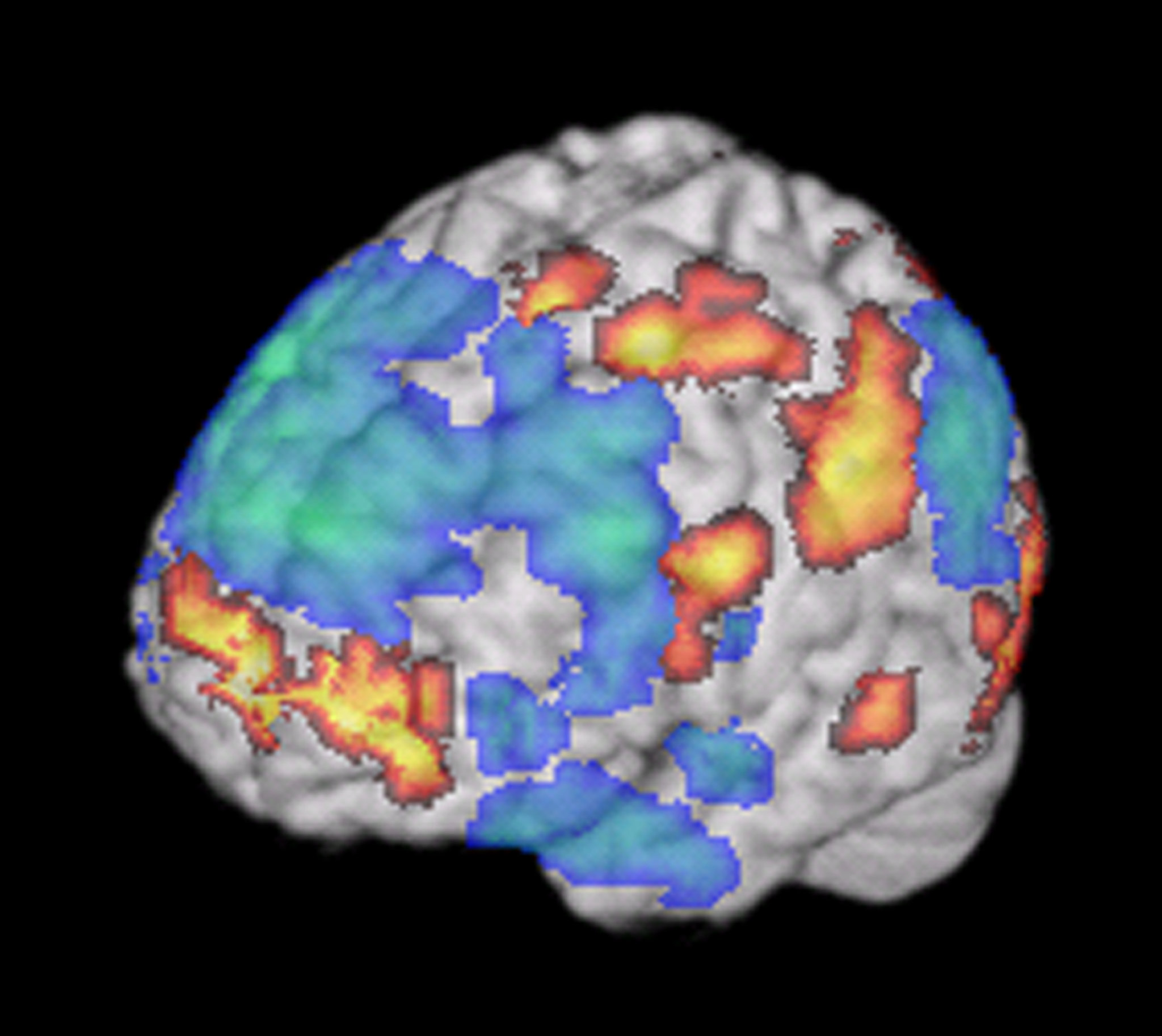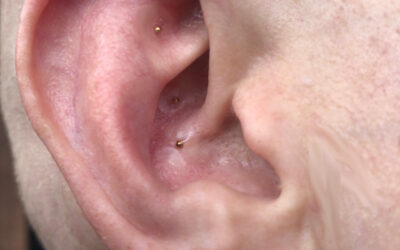Depression is rather common and often incurs costly and personally distressing effects. In many cases, Western biomedical treatment methods provide insufficient or transient symptom relief. Acupuncture treatment has yielded positive results in many cases of depression, and research indicates that it may be as effective as the common standard of care, tricyclic antidepressant medications [1]!
In my practice, I have found scientific knowledge of the sympathetic and parasympathetic nervous systems useful to understanding depression and/or anxiety as an effect of threat and/or prolonged stress on an individual in order to make treatment effective. Briefly, in threatening situations that attachment behaviors do not resolve:
1) The sympathetic division, the fight-or-flight response, is activated. The associated symptoms include tightening of the musculature in the front of the neck, darting eyes, increase in heart rate, dilation of the pupils, rapid breathing, coldness in the hands, pale skin and cold sweat on the forehead and hands [2], and could be generally categorized as anxiety. People who are dominated by sympathetic activation are often acutely traumatized by a single recent event without a history of repeated trauma, neglect or abuse.
2) The ‘primitive’ parasympathetic division, the immobilization response, is activated as a last ditch effort in situations where neither attachment behavior nor fighting or fleeing resolve the threat. Associated symptoms include slumping in the diaphragm area, fixed or spaced-out eyes, reduced breathing, slow or feeble heart rate, and constriction of the pupils [2], symptoms that relate to what is commonly referred to as depression. Moreover, a division of personality, commonly called disassociation, is the core of this reaction. Highly traumatized and chronically neglected or abused people are dominated by this system.
In natural recovery from a threatening situation, this pattern reverses to move back through the sympathetic activation in order to reactivate the healthy social attachment response. While both the fight-or-flight and immobilization responses are survival mechanisms that are designed to and function very well in the short term, they become pathological when either becomes habitually activated leading what is known as post-traumatic stress. This generally happens when an organism’s natural physical and physiological mechanisms for returning to homeostasis are somehow thwarted.
Peter Levine coined the term Post-Traumatic Stress Injury (PTSI) to clarify that this condition is a treatable injury rather than a merely manageable disorder. Somatic Experiencing exercises, developed by Levine, as well as acupuncture can be key components of treatment.
[1] Schnyer, Rosa N., John J.B. Allen, et. al. Acupuncture in the Treatment of Depression: A Manual for Practice and Research. Philadelphia, PA: Elsevier Health Sciences. 2001.
[2] Levine, Peter. In an Unspoken Voice: How the Body Releases Trauma and Restores Goodness. Berkeley, CA: North Atlantic Books. 2010.




